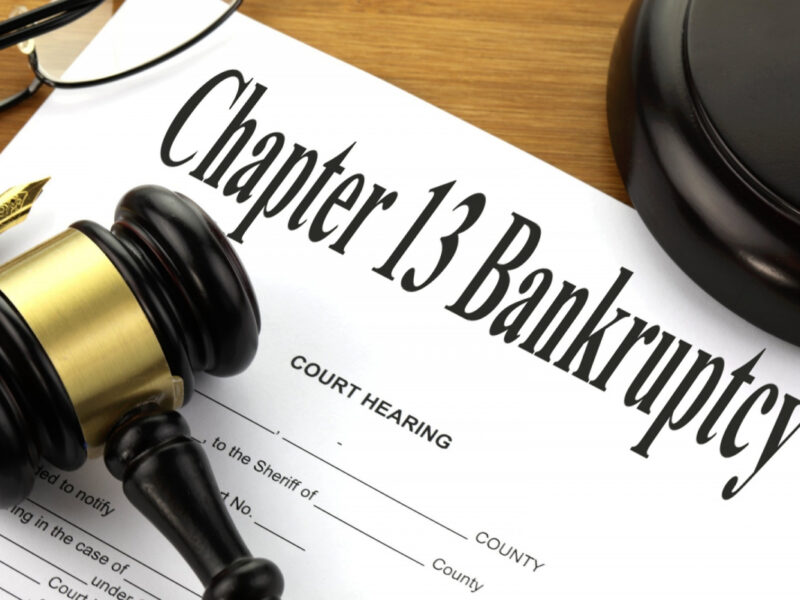As reported by Robin Miller with CBAR:
Distinguishing a bankruptcy case that is closed from one that is dismissed, and reaching a conclusion that is independent of the chapter under which the debtor’s bankruptcy case was filed, the Second Circuit Court of Appeals held that, under Code § 349(b)(3), even undisclosed assets revest in the debtor upon the dismissal of the case. Section 349 provides, the court said, that unless the bankruptcy court for cause orders otherwise, “a dismissal of a case … revests the property of the estate in the entity in which such property was vested immediately before the commencement of the case.” Thus, if the debtor owned the property prior to the commencement of the bankruptcy case, a dismissal returns that property to the debtor. While Code § 554(d) provides that “property of the estate that is not abandoned under this section and that is not administered in the case remains property of the estate,” the court said that it could not view § 554(d) as overriding § 349. Section § 349 makes no distinction between assets that were listed in the debtor’s schedule of assets and those that were not; what is revested in the immediately-pre-petition owner or owners is “the property of the estate.” The legislative history made it clear that Congress intended that a dismissal would undo the bankruptcy case, and, since the dismissal undoes the bankruptcy case, there is, upon dismissal, no longer any bankruptcy estate, and hence, there is no longer any property of the estate. As there no longer remains any “property of the estate” after a case has been dismissed, § 554 has no applicability after a dismissal. Thus, although subsections (c) and (d) of § 554 prescribe different treatments for assets at the time a bankruptcy case is “closed,” depending on whether they were or were not scheduled, the dismissal of the case under § 349, automatically revesting all of the property of the estate in its prior owners, means that there are no assets remaining to be abandoned or administered.
Debtor had standing to prosecute undisclosed prepetition claims:
Thus, here, the debtor had standing to prosecute prepetition claims against her mortgage creditors, although she had failed to disclose the claims in her prior Chapter 13 case, since that case had been dismissed.
Crawford v. Franklin Credit Management Corp., — F.3d —-, 2014 WL 3377175 (2nd Cir., July 11, 2014)
(case no. 13-2514)
